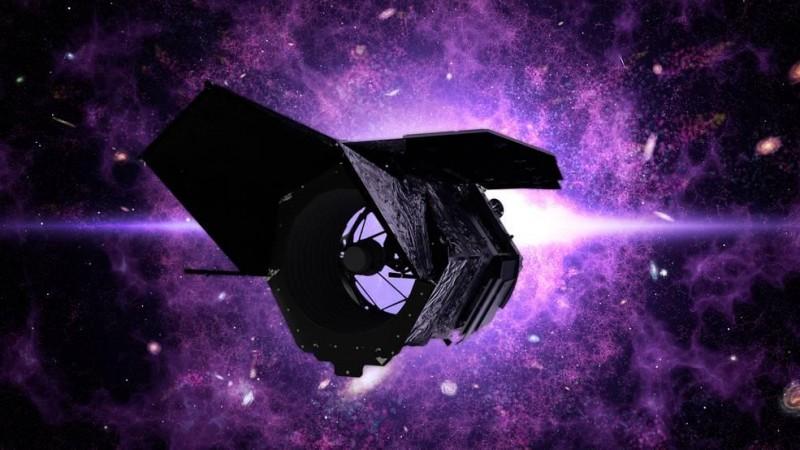As James Webb telescope is damaged, NASA is accelerating the work on its next mission -- Roman Space Telescope, that is scheduled to be launched in 2026 to explore dark energy and dark matter, and exoplanets.
NASA's James Webb Space Telescope has been struck by a larger-than-expected micrometeoroid, damaging a mirror permanently, though the NASA team said it was prepared for such meteoroid hits.

Though a minor object in size, the damage caused to the deep space observatory in May remains to be assessed. Fortunately, the damage is isolated to just one of the observatory's 18 mirrors, as seen in images released by NASA and its Canadian and European counterparts.
"Inevitably, any spacecraft will encounter micrometeoroids... During commissioning, wavefront sensing recorded six localized surface deformations on the primary mirror that are attributed to impact by micrometeoroids," said a report.
The 19 impacts so far on James Webb telescope haven't had much of effect on operations except one was hit by the micrometeoroid that "caused significant uncorrectable change in the overall figure of that segment."
However, NASA said, "only a small portion of the telescope area was affected."
Next telescope mission
Meanwhile, the US space agency has awarded a NASA Launch Services (NLS) II contract to Space Exploration Technologies Corporation (SpaceX) in Hawthorne, California, to provide launch service for the Nancy Grace Roman Space Telescope mission.
The Roman Space Telescope is the top-priority large space mission at a total cost of about $255 million, which includes the launch service and other mission related costs. The telescope's mission currently is targeted to launch in October 2026 on a Falcon Heavy rocket from Launch Complex 39A at NASA's Kennedy Space Center in Florida.

The telescope's science program will probe outstanding questions in cosmology, including the effects of dark energy and dark matter, and exoplanet exploration. Known previously as the Wide Field InfraRed Survey Telescope (WFIRST), the new Telescope mission was later renamed in honor of Nancy Grace Roman for her extraordinary work at NASA, which paved the way for large space telescopes.
The Roman Space Telescope project is managed by NASA's Goddard Space Flight Center in Greenbelt, Maryland.

















